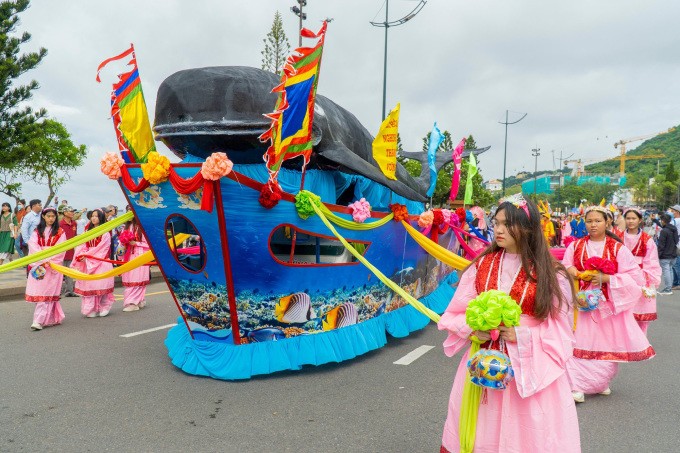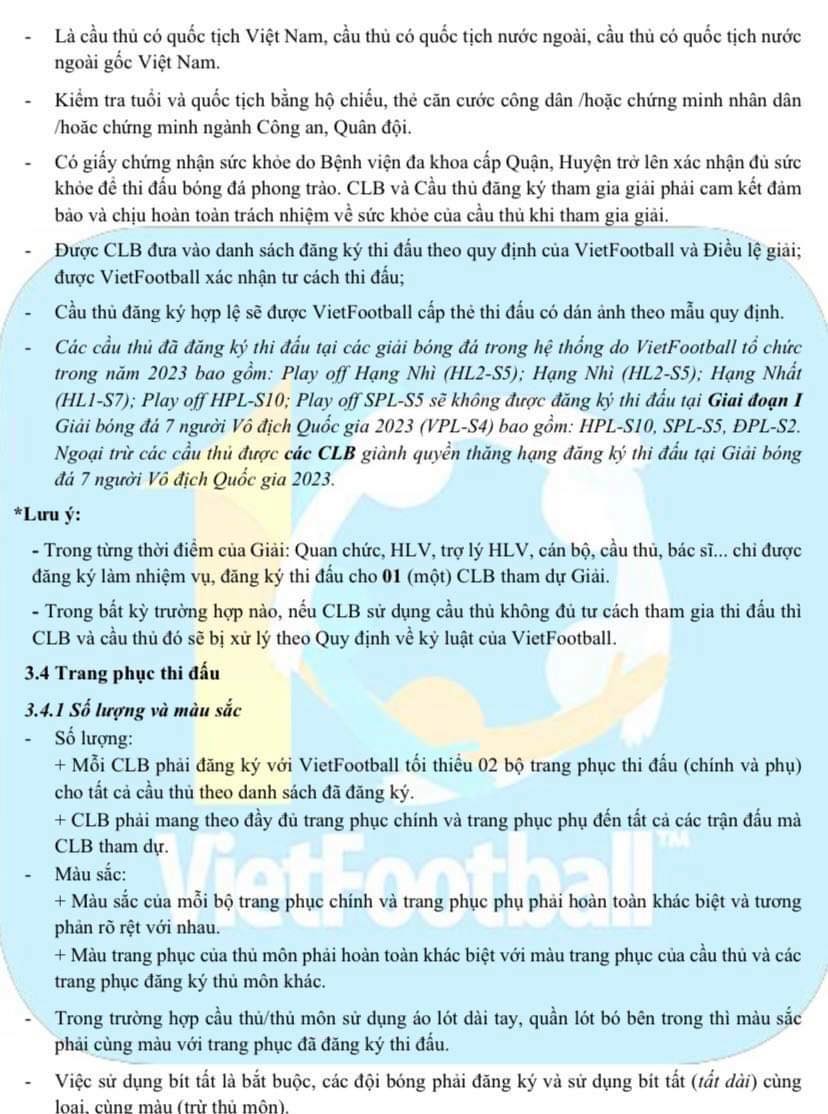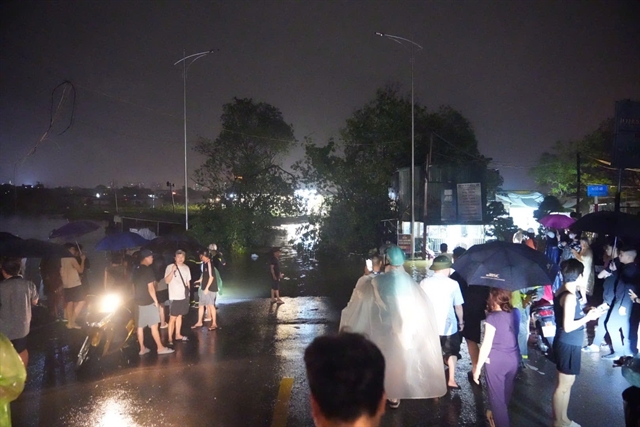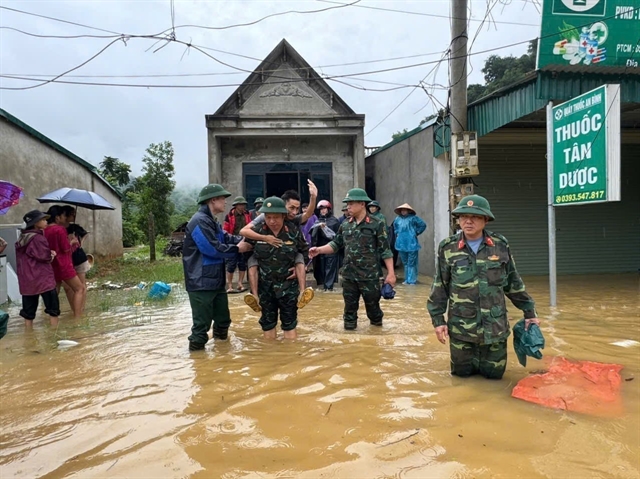▌Câu trả lời hay nhất
Initial observations indicated high levels of coral bleaching and mortality,ônĐảbongdainfo primarily due to the El Niño-induced rise in bottom seawater temperatures in April and May.
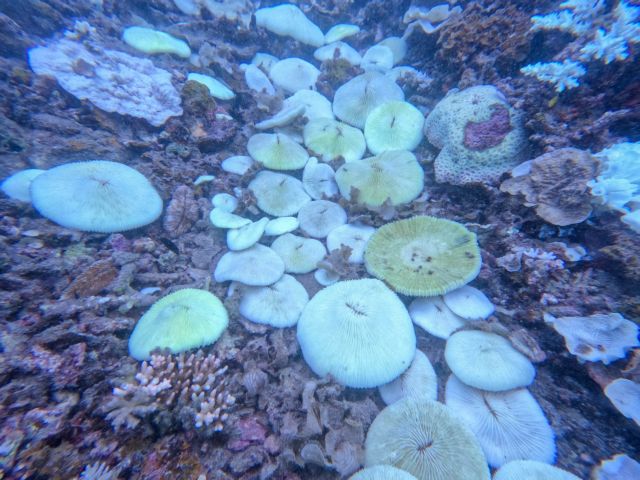 |
| Coral bleaching in Côn Đảo. When water is too warm, corals will expel the algae living in their tissues, causing them to turn completely white. — VNA/VNS Photo Huỳnh Ngọc Sơn |
BÀ RỊA-VŨNG TÀU — The Côn Đảo National Park Management Board has recently reported widespread coral bleaching and dying in coastal waters surrounding some islands under its management.
Field assessments were conducted on coral reefs in Côn Sơn Bay, Đầm Tre Bay, Bảy Cạnh Islet, Cau Islet, Big Tre Islet, Small Tre Islet, Ông Đụng Islet, Bà Islet, Tài Islet and Trứng Islet.
Initial observations indicated high levels of coral bleaching and mortality, primarily due to the El Niño-induced rise in bottom seawater temperatures in April and May.
The Board has initiated coral restoration efforts in the affected islands.
Lê Hồng Sơn, Head of the Board's Conservation and International Cooperation Department, underlined the need for further assessments to fully measure the severity of the incident.
He said that the ideal temperatures for coral survival range from 24°C to 30°C, but the bottom water temperatures in Côn Đảo have reached 32°C, significantly diminishing the corals' prospects of recovery if sustained.
Coral bleaching occurs when abnormal water temperatures cause corals to expel the colourful algae living in their tissues, leading to a loss of colour.
Without these algae, which provide essential nutrients, corals cannot survive. While some bleached corals can recover if water temperatures drop, severe and prolonged bleaching can lead to extensive coral die-off.
Similar coral bleaching events have occurred in Côn Đảo in the past, most notably in 1998, 2010, and 2016, all driven by El Niño. — VNS

